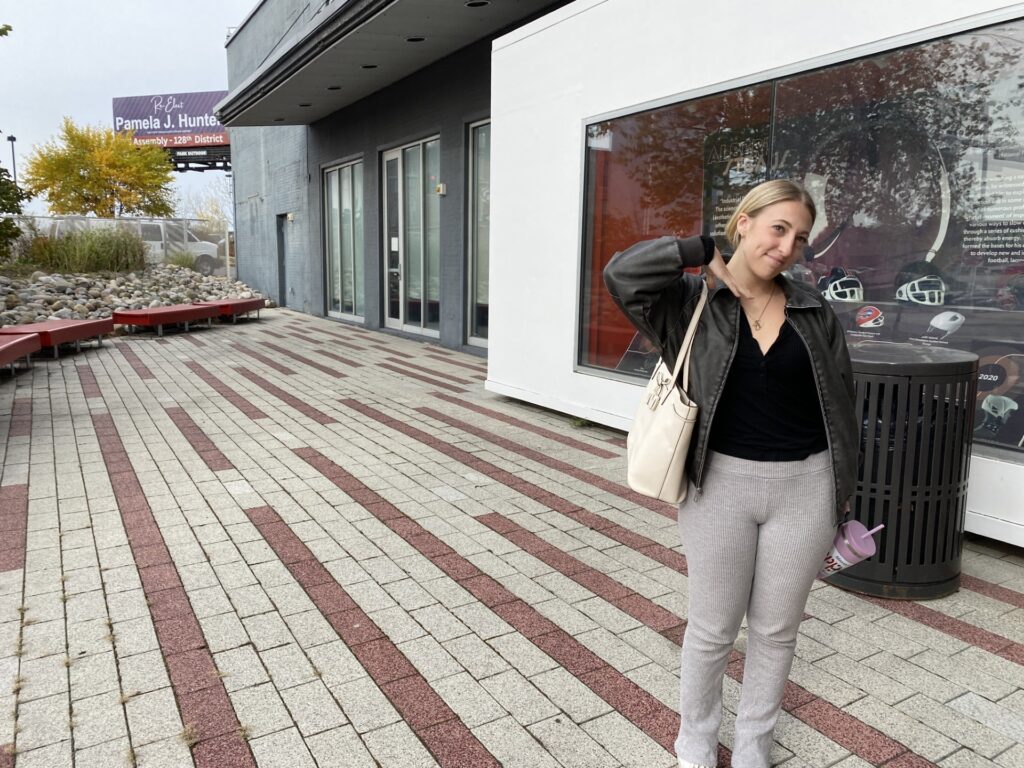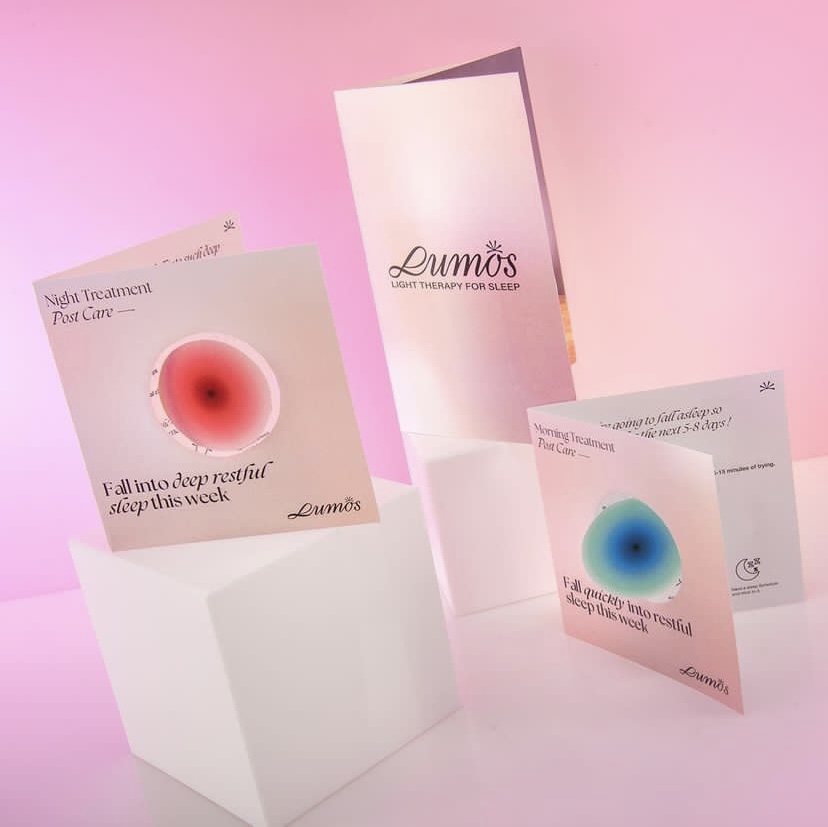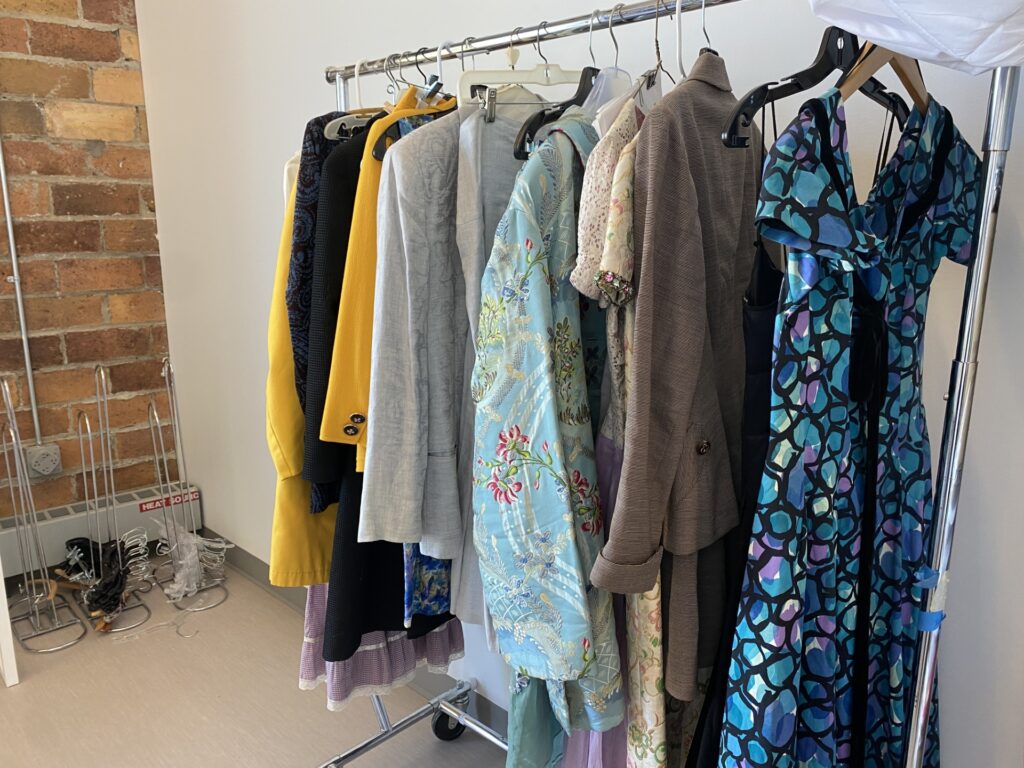The SU Warehouse offers students a rare and unique Sue Ann Genet Costume collection and a variety of opportunities to design.
By Michela Flood

When one goes to the Nancy Cantor Warehouse in downtown Syracuse’s Armory Square, initial thoughts might be that the blocked-shaped, tall building with windows on the side seems to be nothing special. It looks like a typical building in the city, utilized for extra classes for Syracuse University.
The inside reveals something quite different. The eight-floor building is home to the SU’s design students. Each floor is equipped with tools and materials that serve as the training ground for five majors and minors.
“As a senior, the Warehouse has done a lot for me. It has been such a nice environment to have all my classes in one place,” said Rhyanna Hatch, a Design Studies student who has been commuting to the Warehouse for the past four years.
Not only does the Warehouse offer learning opportunities to enrich students with proper skills of various design industries, it also serves as a home for artists and creative passions alike to unite.
Hosting art exhibitions, design showcases, fashion shows and various community events, the Warehouse seeks to unite the city of Syracuse with the university. The first step of this was placing the building off campus, where students can extend their studies beyond the limits of campus.
“Going to the Warehouse, I have had the ability to come in, do my work, stay as long as I need to, get food, and explore downtown,” said Hatch.

The 7th floor is one of the most empowering for students. It serves as home to the Fashion Design program.
The undergraduate degree is an intensive four-year program. Students learn skills like drawing, sewing, and clothing construction as well as tactics to navigate the field of fashion design.
“I was prepared to work hard in the design world. I also gained experience in many mediums and areas that allow me to be a diverse designer,” said Emma Beauchemin, an SU alumna who works at CBX, a branding company in NYC.
Citing the School of Design as a key factor to her post-grad success, Beauchemin majored in Communications Design with a Fashion Design minor.

The Warehouse is home to the Sue Ann Genet Costume Collection, named after a textile artist. It offers a one-of-a-kind museum, filled with rare and curated pieces on display to students.
“It is the library of our dreams (the collection). We are consuming so much information through a screen. We see a silhouette but we can’t see the depth, feel the weight, feel the texture. We can’t turn that Pinterest picture inside out to see how it was done,” said Kirsten Schoonmaker, Assistant teaching professor with the fashion design program as well as Collections Manager for the Costume Collection.
The collection is a curation of historic garments that students and fashion-learners can take intellect from, by seeing the value of old, and vintage pieces and potentially using these skills in new, more modern pieces.
The collection curates over 5,000 pieces starting back in the 1930s, with pieces from the 1890s.
Each item is unique and the collection works by favoring pieces that are from notable designers, or were worn by impressive figures, allowing the history of impactful figures and fashion to combine.

“The collection dates actually from the 1930s and this was appointed in time when institutions were starting to collect historic garments for study, for research,” Schoonmaker said.
The collection serves as a principle in the design world, a never-ending rotation that is continuously stocked with new and empowering works.
“It was a part of the college of human development, and it was housed up on the main campus, it grew over time through donations from members of the public and then became the American Costume Collection in the 60s or 70s,” Schoonmaker said.
The collection is successful in its efforts to reach students with a sense of research and inspiration and encourages learning through history and seeing physical items, to enable how items were so successfully made in the past, and hone in on the ever-changing history of fashion.
“The costume collection allows us to get up close and personal and gain an embodied understanding about what these garments are and how they behave in the world,” Schoonmaker said.

As such, according to Forbes: The Growing Popularity of Fashion Exhibitions, accessibility to exhibitions and first-hand experience with fashion items can lengthen the legacy of certain pieces and designers, by continuously reminding the newest generation of designers to know the value of vintage pieces and understand how fashion and design have evolved.
Schoonmaker emphasized how she has utilized the collection numerous times as a tool for students. “To students it can be an amazing resource,” she said.“There are answers within the collection because we never have to start from scratch, we don’t need to reinvent the wheel but we can send it rolling in exciting and original directions.”
Having access to a museum and a huge collection of timeless pieces gives people reference to the evolution of design and promotes nostalgia through the visualization of differing trends, styles, and how these dynamics are changed and curated over time.
Also offering a one-of-a-kind experience by being able to observe these items in the convenience of one’s classroom, as the collection is right on the 7th floor.
“We actually went (to the collection) for one of my classes, and we went in, and looked at the items, as the professor explained the meaning of each item, I gained a lot of inspiration not just for that class, but for others,” Zara Clott, a Fashion Design senior said, recounting the times she had gone to the collection for inspiration.

Without even leaving the Nancy Cantor Warehouse, students could retain immense knowledge, and inspiration through the power of this dynamic collection, seek to understand past ways of fashion and observe evolutions the industry has faced.
Through educational and learning purposes, the Sue Ann Genet costume collection offers rare and unique items that can be viewed by all students and staff, to sustain history in an ever-modernizing world and honor the power of design as well as reflect on changes the cultures have faced.
Sparking curiosity and creativity, the collection embeds a beautiful curation of pieces, benefiting students through connection and appreciating the power of fashion history.

“We are celebrating this as we look at this new phase in the collection, and expand our holdings and the footprint it takes up on our floor,” Schoonmaker said.
Although the costume collection is currently being safely kept in storage as the Warehouse continues to undergo massive renovations to further benefit and entice learning for these design students, it is sure to be back soon and enable its job as a vastly creative outlet and realm for students and staff.
The costume collection will be better than ever after the new space for it is complete.
“Where we are now is we are looking at receiving a significant donation from Claire Shaffer,” Schoonmaker said.
“It’s all coming here, and part of that is we want to show how she as a collector has put together this resource, we have an interest in material craft and technique, that’s what sets the collection apart,” Schoonmaker said.
Transcript
0:00the library of our
0:01dreams um so I think
0:04that we
0:06get
0:09we we are consuming so much of our
0:12information through a script we see a
0:14silhouette but we can’t see the depth we
0:17can’t feel the weight we can’t feel the
0:19texture we can’t turn that Pinterest
0:22picture inside out to see how it was
0:25done and so the costume collection gives
0:28us the chance to get up close and
0:30personal and gain this embodied
0:33understanding of what these garments are
0:35and how they behave in the real world
0:37because we’re not making clothes that
0:40exist on a on a screen we’re making
0:41clothes that exist on human bodies and
0:44so it is you know a wonderful way to
0:47take abstract or theoretical knowledge
0:50and look at how it’s used to create
0:53these really successful designs um and
0:57so to students it can be an amazing
0:59resarch to think about hey I’m really
1:02interested in these inset designs or I’m
1:06interested in layering different colors
1:09how was that done um by somebody in the
1:121950s how was that done by Dior or by an
1:15unnamed designer The Collection was
1:17moved offsite so it’s currently in a
1:20climate controlled storage facility off
1:22campus while we renovate the space
1:25really prioritize the storage and safety
1:26of the garments over time so it’s empty
1:30right now but it’s going to fill up
1:32biggest point of this renovation for us
1:35is accessibility so so when the
1:38collection is locked in storage there’s
1:40really limited access to it um that’s
1:44dependent upon faculty
1:46availability and then you know you would
1:48go into these hanging racks and we’d
1:51pull out a garment but there’s nowhere
1:52to put it there’s nowhere safe to lay it
1:55down so that we can lean over it and
1:58really start to examine that hand Stitch
2:00or look at that wel button hole so we
2:04Advocate and we are so excited to have
2:06what we’re thinking of as our research
2:08or our study center we know that we have
2:11this resource I think the more it can be
2:13drawn into conversation and we can
2:15connect the dots and use this collection
2:18outside of our existing physical
2:20location
